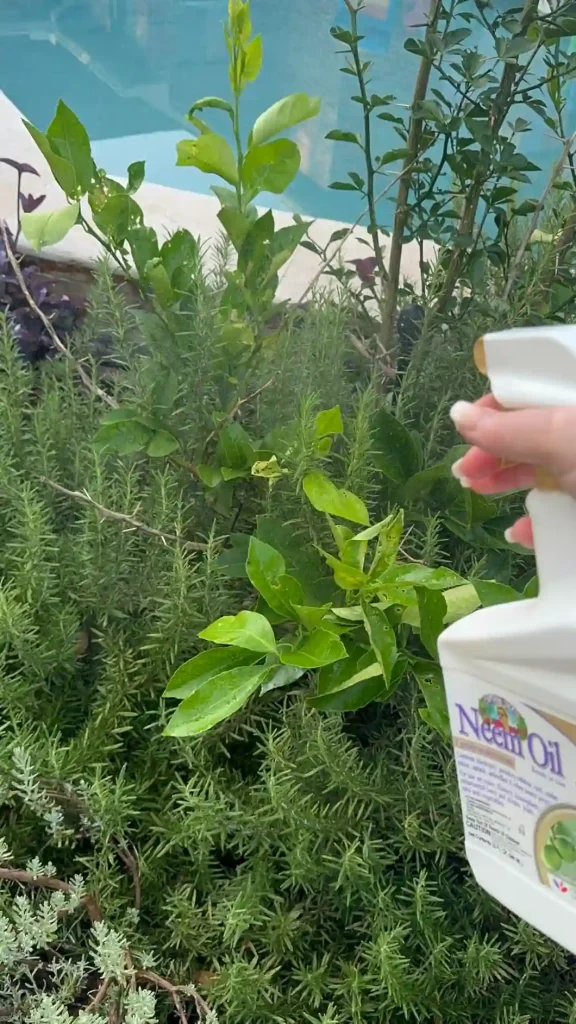FAQs about Laurus Nobilis Saratoga
Laurus Nobilis Saratoga is a plant that I’ve come to appreciate over time. Its beauty, functionality, and resilience make it a standout in any garden. Over the years, I’ve received many questions about how to care for and utilize this plant, so I decided to compile the most frequently asked questions and my personal experiences into one article. Hopefully, this helps other garden enthusiasts get the most out of their Laurus Nobilis Saratoga.
3 Species in Genus Laurus
What is Laurus Nobilis Saratoga?
Laurus Nobilis Saratoga, also known as the Saratoga Bay Laurel, is a variant of the standard bay laurel. It’s a beautiful evergreen shrub with a dense, compact form. The leaves are aromatic and often used in cooking, which is one of the reasons I love having it in my garden. The plant has a slow to moderate growth rate, reaching heights of 12 to 15 feet when left unpruned. It can be shaped into a small tree or a dense hedge, making it highly versatile for different garden designs.
The Saratoga variety differs from the standard Laurus Nobilis in that it has broader leaves and a more rounded shape. The foliage is darker, which gives it a rich, elegant appearance. Personally, I find it perfect for creating a privacy screen or as a feature plant in a Mediterranean-style garden.
How to Care for Laurus Nobilis Saratoga?
When it comes to caring for Laurus Nobilis Saratoga, I’ve found it to be relatively low-maintenance, which is always a bonus. Here are the main things to keep in mind:
- Sunlight: This plant thrives in full sun to partial shade. In my garden, it gets about six hours of direct sunlight daily, which seems to be ideal.
- Soil: I’ve had the best success with well-drained soil. It tolerates various soil types, but I’ve found that loamy soil with good drainage works best. I avoid heavy clay soils as they can lead to root rot.
- Watering: During the first year, I made sure to water it regularly to help establish the roots. Now that it’s mature, I water it once a week during the growing season and reduce watering in the winter. It’s fairly drought-tolerant once established, but I’ve noticed that keeping the soil slightly moist results in a healthier plant.
- Pruning: Pruning helps maintain its shape. I usually prune mine in late winter or early spring before new growth starts. It responds well to pruning, and if you want a more compact look, don’t hesitate to trim it back. Just be careful not to over-prune, as this can stress the plant.
How to Propagate Laurus Nobilis Saratoga?
Propagating Laurus Nobilis Saratoga is a rewarding experience, but it requires some patience. The easiest method I’ve found is through semi-hardwood cuttings.
- Cuttings: I usually take cuttings in late summer. Look for healthy, semi-hardwood branches and cut about 4 to 6 inches. Strip the lower leaves and dip the cut end into rooting hormone. Then, plant it in a mix of perlite and peat moss. Keep the cutting in a warm, humid environment and water lightly. It takes several weeks to months for the roots to develop, so patience is key.
- Layering: Another method I’ve tried is air layering, which involves making a small cut on a low branch, covering it with moist sphagnum moss, and then wrapping it in plastic. After a few months, roots should form, and the branch can be cut and planted.
What to Plant with Laurus Nobilis Saratoga?
When considering companion plants for Laurus Nobilis Saratoga, I like to pair it with other Mediterranean plants. Lavender, rosemary, and olive trees create a harmonious and drought-tolerant garden design. These plants share similar water and sunlight needs, making them ideal companions. I’ve also had success planting it alongside ornamental grasses and other evergreen shrubs like Pittosporum.
For a more vibrant look, I plant flowering perennials like salvia and echinacea around the base of the laurel. The contrast between the dark foliage of the Laurus Nobilis Saratoga and the bright blooms of these flowers adds visual interest to the garden.
How to Use Laurus Nobilis Saratoga?
One of the best things about growing Laurus Nobilis Saratoga is its culinary use. The leaves are a staple in my kitchen. I often use them fresh, but drying the leaves intensifies their flavor. Simply harvest a few leaves, rinse them, and lay them out to dry. Once dry, store them in an airtight container for use in soups, stews, and sauces.
Beyond the kitchen, Laurus Nobilis Saratoga can be used in floral arrangements. The leaves have a long shelf life and add a touch of greenery to bouquets.
Is Laurus Nobilis Saratoga Toxic?
Laurus Nobilis Saratoga is generally considered safe for humans, especially since the leaves are commonly used in cooking. However, like most plants, it’s a good idea to keep pets from ingesting large quantities of the leaves. In my experience, my pets have never shown much interest in the plant, but it’s always better to be cautious.
Conclusion
Laurus Nobilis Saratoga is a versatile and attractive plant that brings both beauty and functionality to the garden. Whether you’re growing it for its aromatic leaves or its structural form, it’s a plant that I highly recommend for any garden. With proper care and attention, it will thrive and become a staple in your outdoor space for years to come.
If i die, water my plants!



